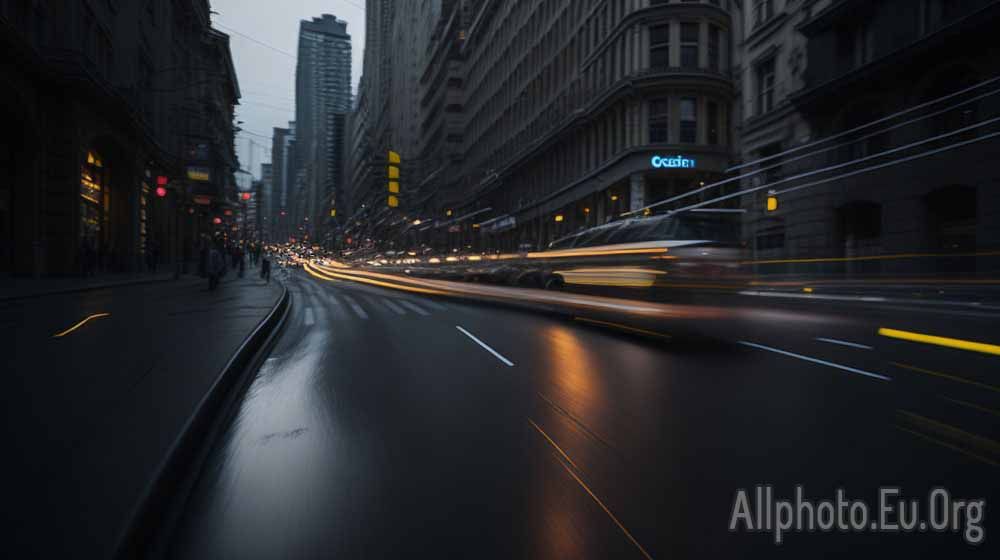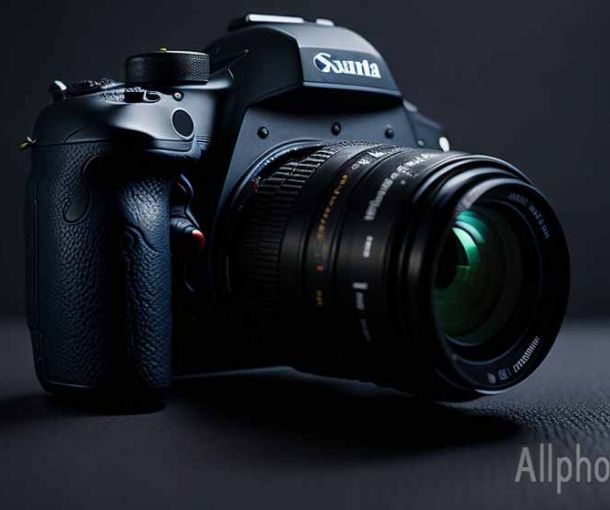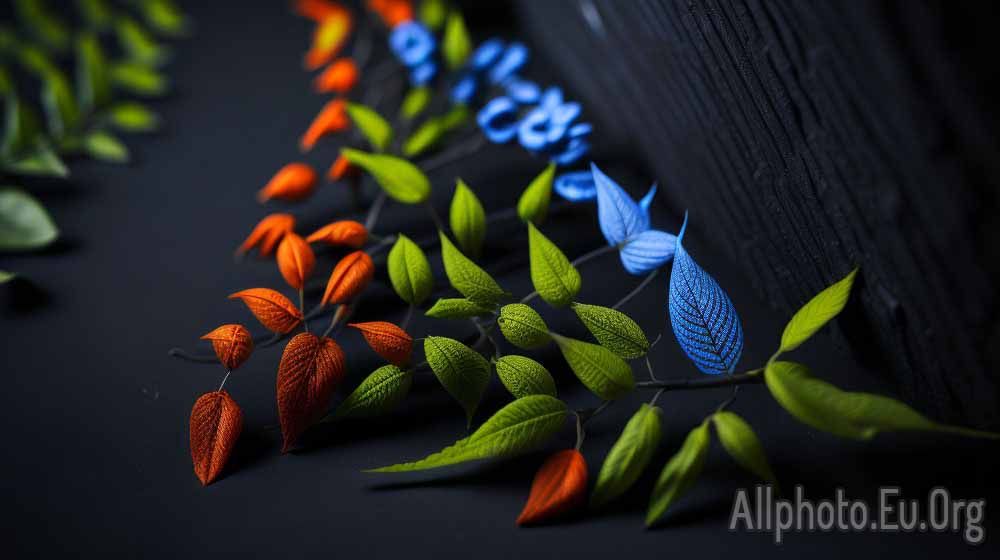Creating Dynamic Photos with Panning

Capturing dynamic photos is all about conveying motion and movement in a still image. One of the most popular techniques for achieving this effect is panning. Panning involves moving the camera in the same direction as the subject’s motion, resulting in a blurred background and a sharp subject. This technique can be used to create stunning and dynamic images that grab the viewer’s attention. In this article, we’ll take a closer look at panning and how to use it to create stunning images.
What is Panning?
Panning is a photographic technique that involves moving the camera in the same direction as the subject’s motion. The idea behind panning is to create a blurred background that gives the impression of motion while keeping the subject sharp. This technique can be used to capture any moving subject, from cars and bikes to people and animals.
Panning can be a challenging technique to master, but it can yield some of the most visually striking images. When done correctly, panning can create an image that is both dynamic and dramatic. The technique is particularly effective when shooting at slow shutter speeds, as this allows for a greater sense of motion blur in the background.
How to Create Dynamic Photos with Panning
To create dynamic photos with panning, you’ll need to follow a few key steps. Here’s what you’ll need to do:
-
Set Your Camera
The first step in creating dynamic photos with panning is to set your camera. You’ll need to adjust your camera settings to achieve a slow shutter speed, which is typically between 1/30th of a second and 1/60th of a second. You’ll also want to set your camera to continuous focus mode, as this will allow your camera to track the subject as you pan.
-
Choose Your Subject
Once your camera is set up, you’ll need to choose your subject. Panning works best with moving subjects, such as cars, bikes, or people. Choose a subject that is moving in a straight line, as this will make it easier to track with your camera.
-
Find Your Angle
Next, you’ll need to find your angle. Stand perpendicular to the direction of the subject’s motion, as this will make it easier to pan. Keep your feet shoulder-width apart and your knees slightly bent, as this will help you maintain your balance while panning.
-
Start Panning
Once you’re in position, start panning. Move your camera in the same direction as the subject’s motion, keeping the subject in the same spot in your viewfinder. Use a smooth and steady motion, and try to keep the subject as sharp as possible.
-
Keep Panning
Continue panning as the subject moves past you. Keep the subject in the same spot in your viewfinder and maintain a smooth and steady motion. As you pan, the background will become blurred, creating the sense of motion.
-
Review Your Shots
After you’ve captured your shots, review them to see how they turned out. Look for images where the subject is sharp and in focus, and the background is blurred. Adjust your camera settings as needed to achieve the desired effect.
Tips for Creating Dynamic Photos with Panning
To create stunning images with panning, there are a few tips that you should keep in mind. Here are some of the most important:
-
Practice Makes Perfect
Panning can be a challenging technique to master, so it’s important to practice. Spend some time experimenting with different shutter speeds and subjects to get a feel for the technique.
-
Use a Tripod
While panning is typically done handheld, using a tripod can help you achieve a smoother motion. This can be particularly helpful if you’re using a heavier camera.
-
Choose the Right Shutter Speed
The shutter speed you use will play a significant role in the final image. A slow shutter speed will result in a more pronounced motion blur in the background, while a faster shutter speed will result in less blur. Experiment with different shutter speeds to find the right balance for your shot.
-
Anticipate the Subject’s Movement
To get the best results with panning, it’s important to anticipate the subject’s movement. This means you’ll need to have a good understanding of the subject’s speed and direction. This will help you maintain a smooth and steady motion as you pan.
-
Use Continuous Focus Mode
Using continuous focus mode will help your camera track the subject as you pan. This will ensure that the subject remains sharp and in focus throughout the shot.
Conclusion
Panning is an effective technique for creating dynamic photos that convey motion and movement. By following the steps outlined in this article and practicing the technique, you can create stunning images that grab the viewer’s attention. Remember to experiment with different shutter speeds, use continuous focus mode, and anticipate the subject’s movement to get the best results. With a bit of practice and patience, you’ll be able to capture stunning images that showcase the power and beauty of motion.
In conclusion, panning is a powerful photographic technique that can help you capture stunning images that convey motion and movement. By following the steps outlined in this article and using the tips provided, you can create dynamic photos that grab the viewer's attention and leave a lasting impression. Remember to practice, anticipate the subject's movement, and use the right shutter speed to achieve the desired effect.
Tags
Latest Articles
Most Read
All Tags
Subscribe
Donate
Please consider supporting our efforts.
© 2023 All-Photo.Cf All rights reserved.










